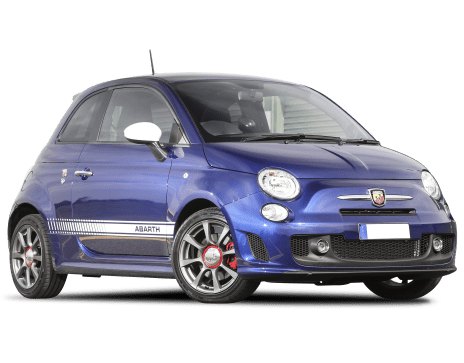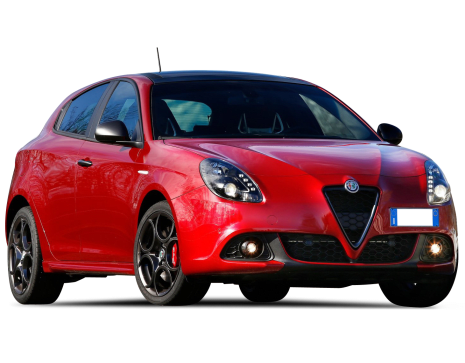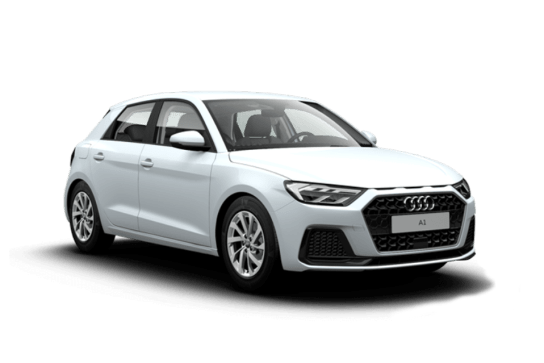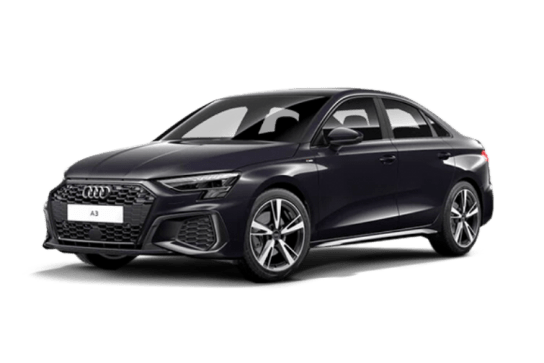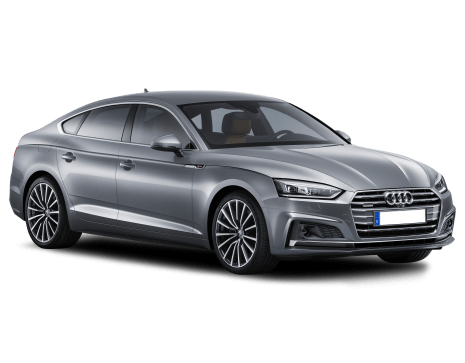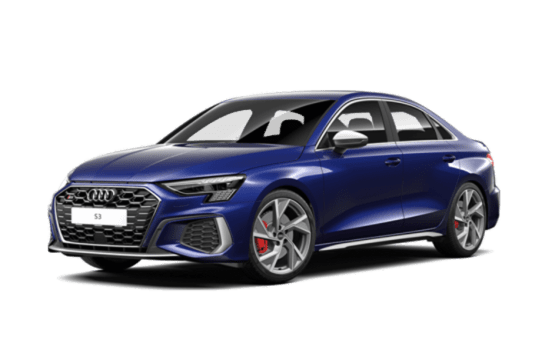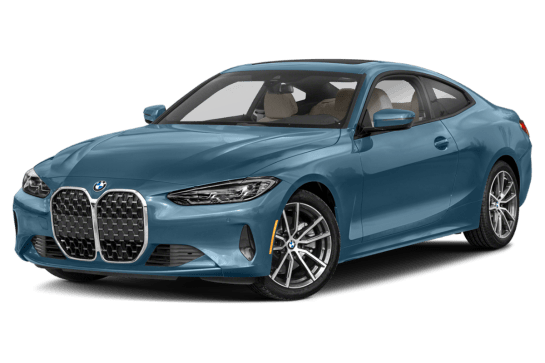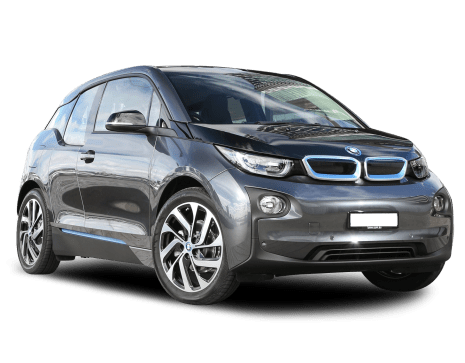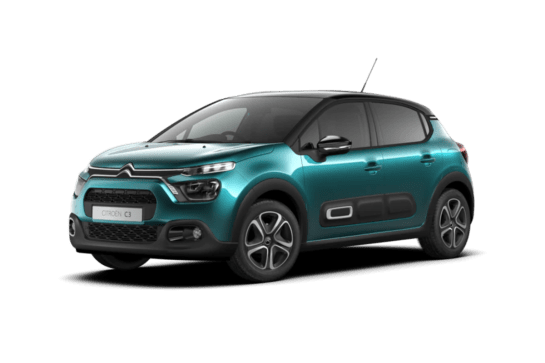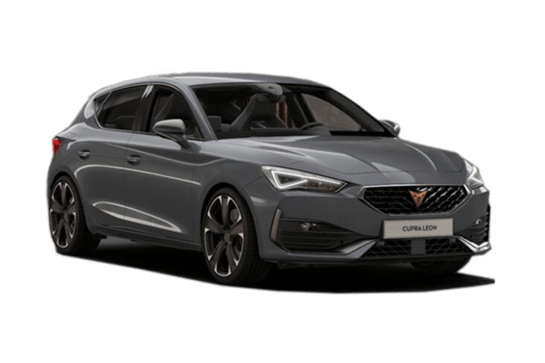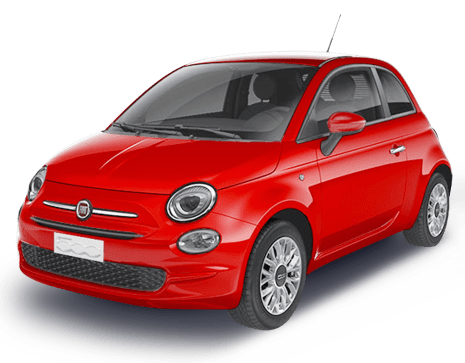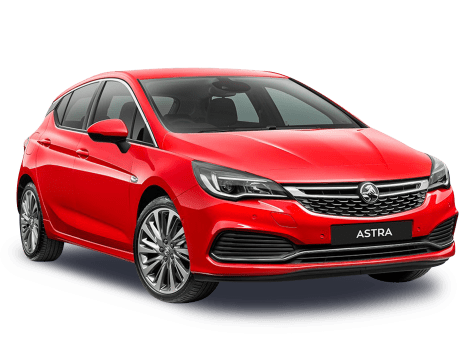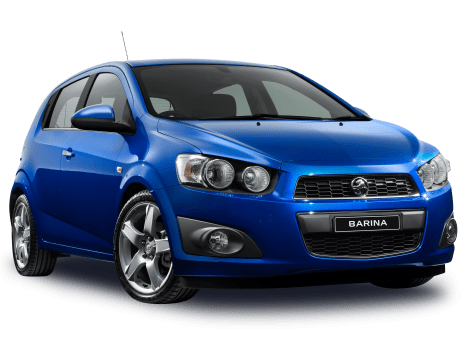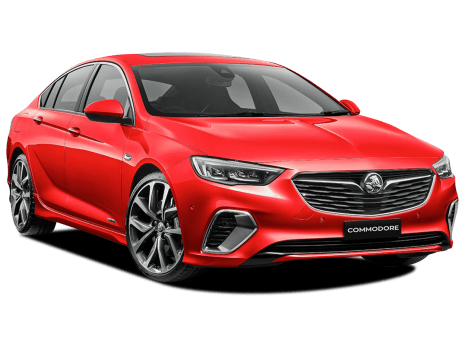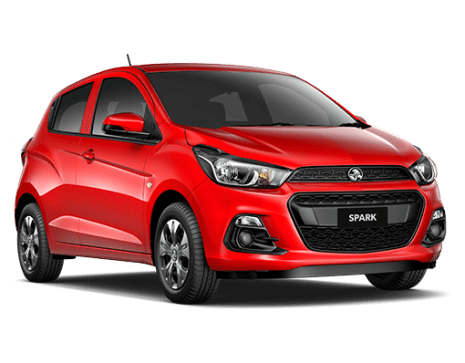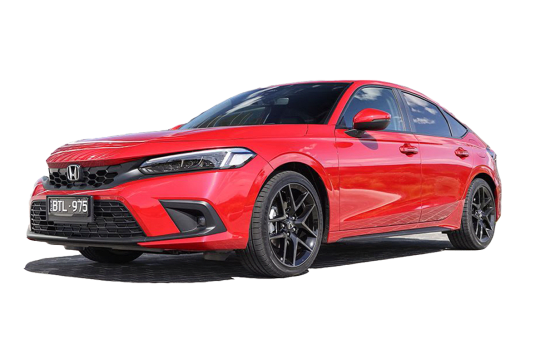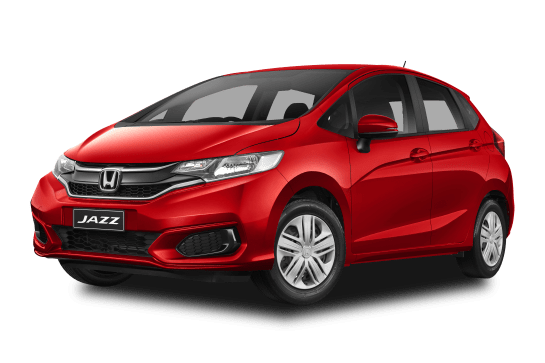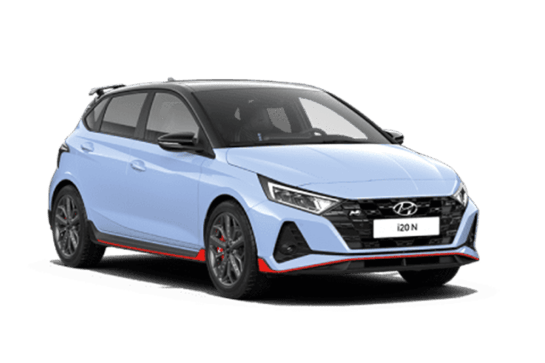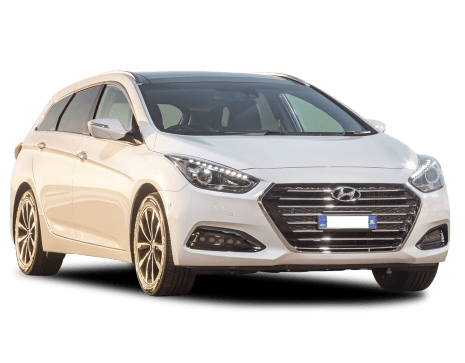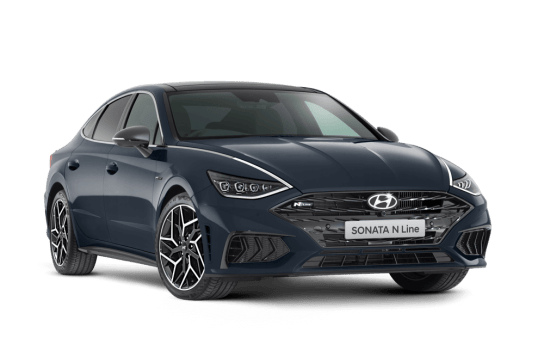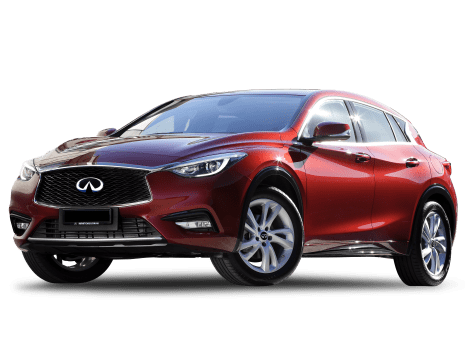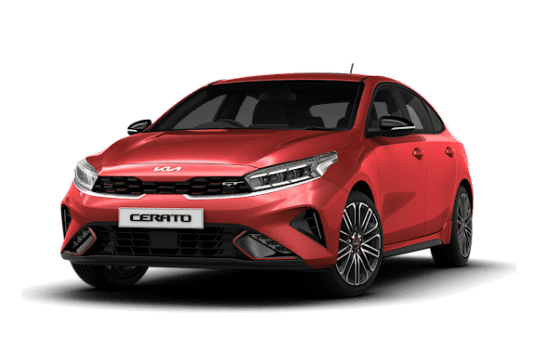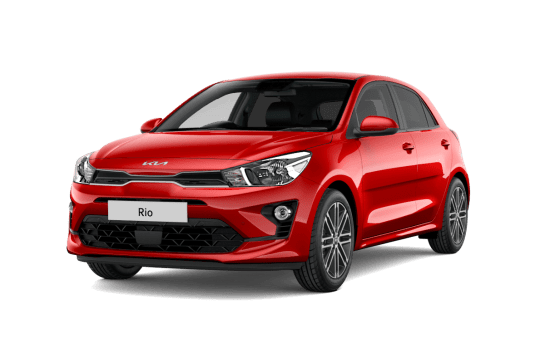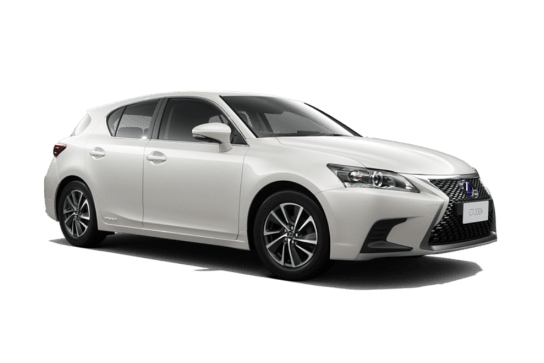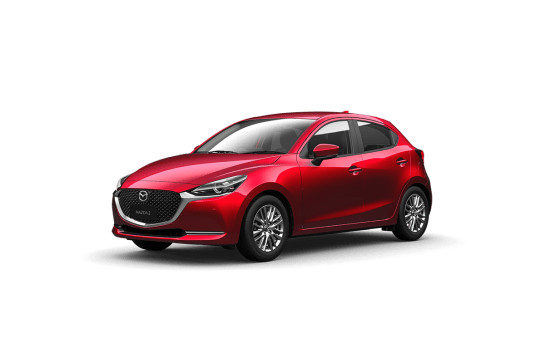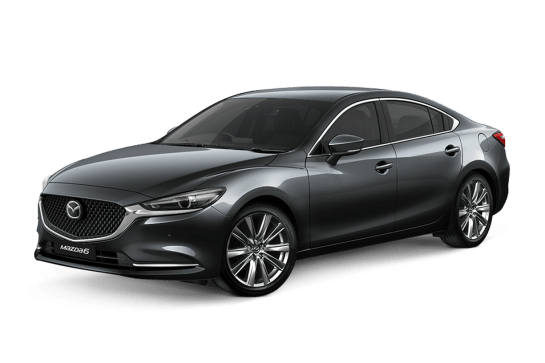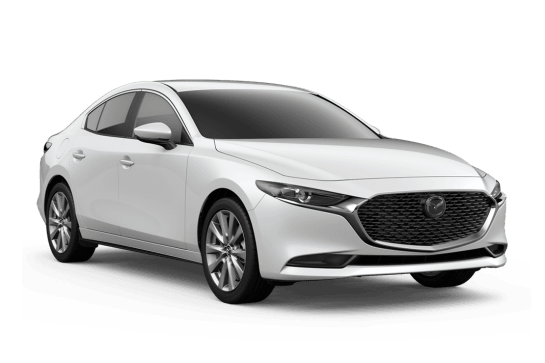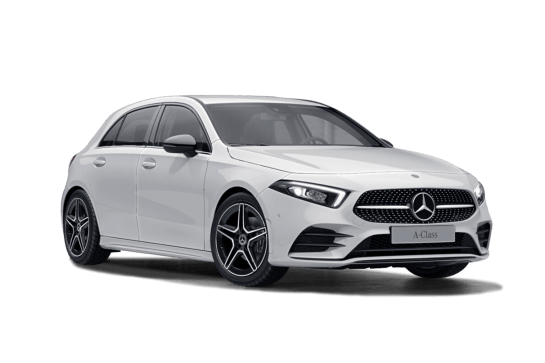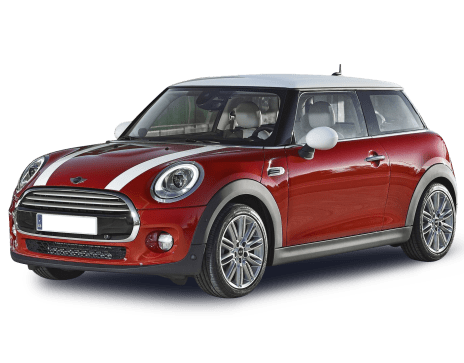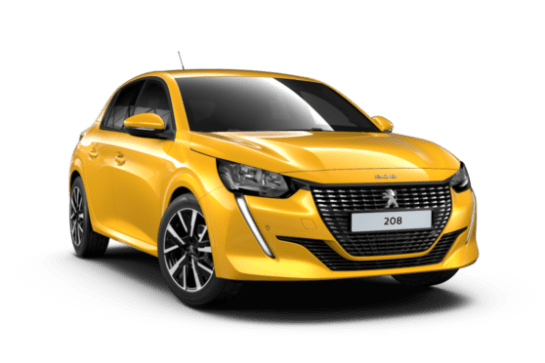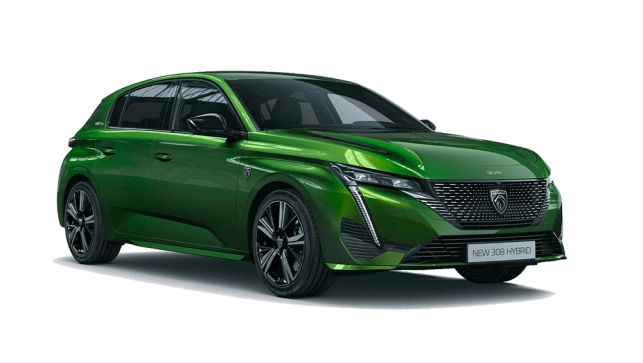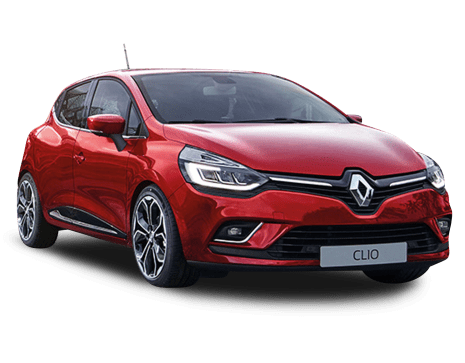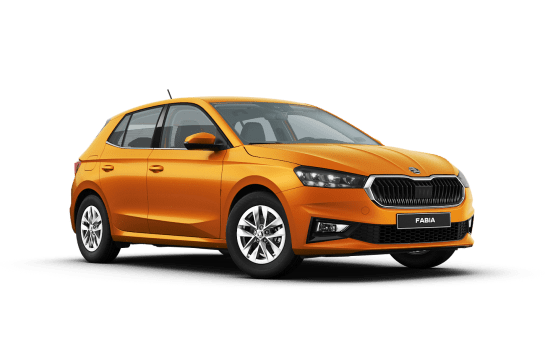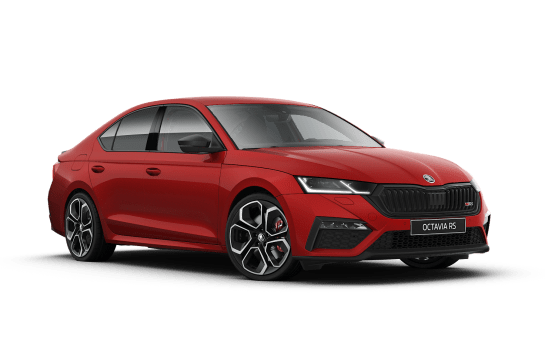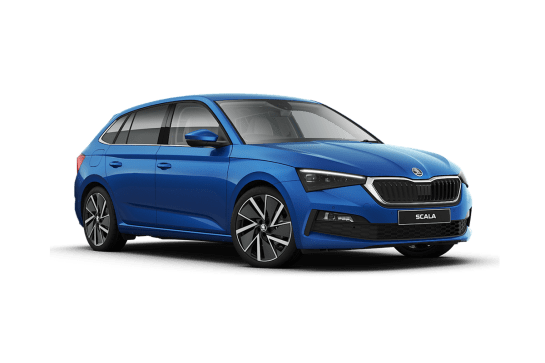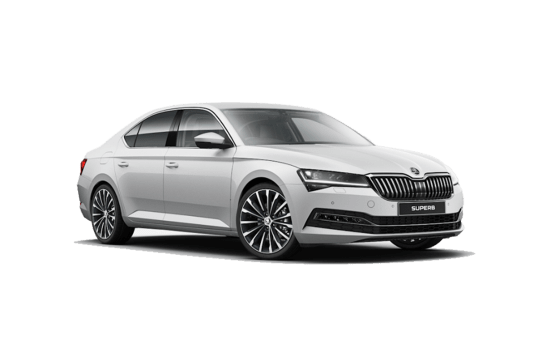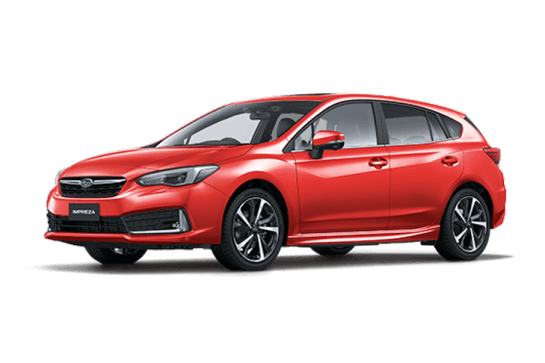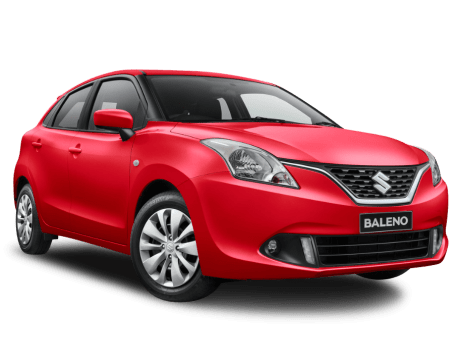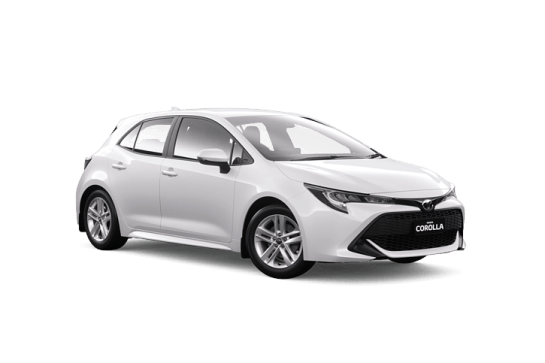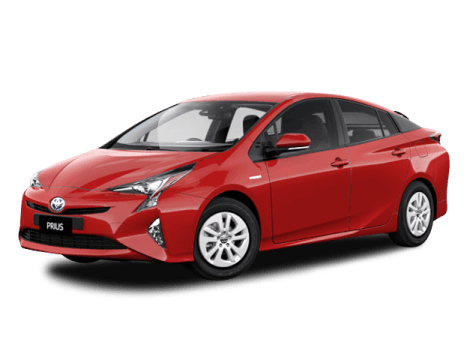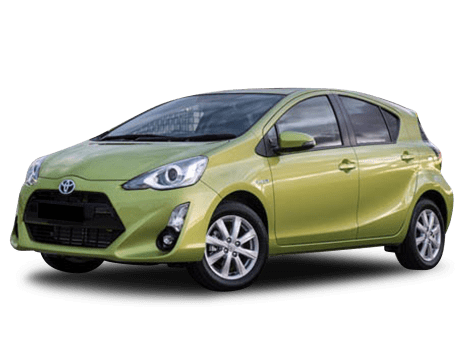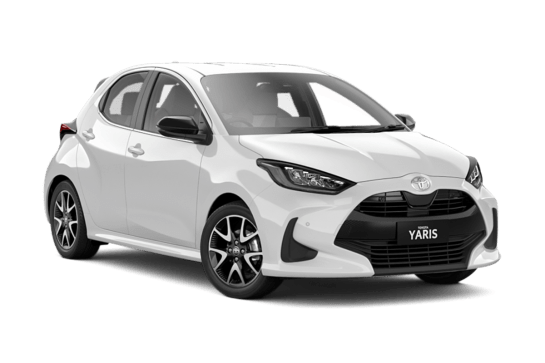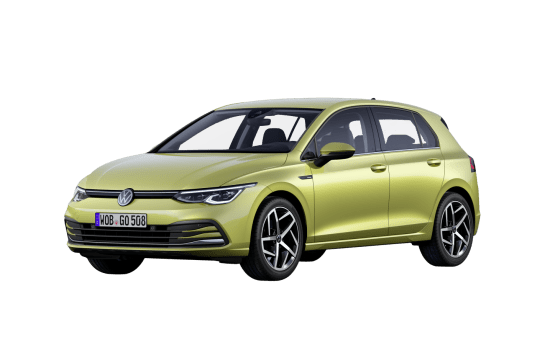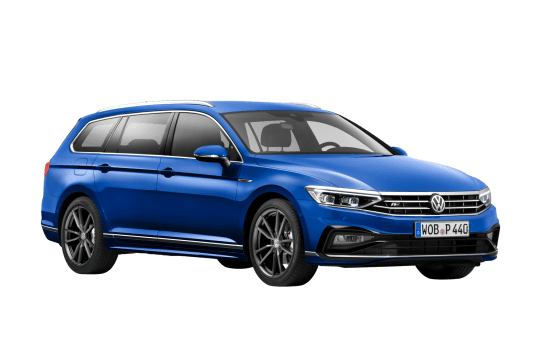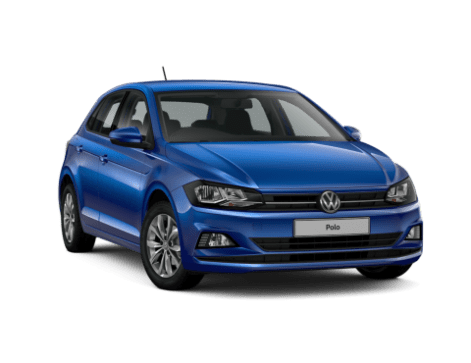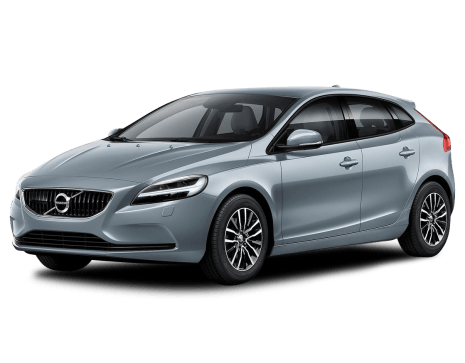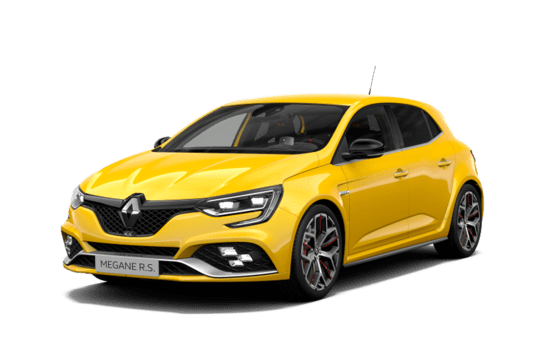
Renault Megane VS Holden Spark
Renault Megane
Likes
- Sexy looks
- You can still get a manual!
- More practical than before
Dislikes
- Four-wheel steering adds complexity
- Interior little differentiated from GT
- Rear legroom
Holden Spark
Likes
- A cut above from behind the wheel
- Plenty of cool tech
Dislikes
- Not cheap for its segment
- Lacks niceties for backseat passengers
Summary
Renault Megane
More power, more wheelarches, more steering, more doors and more transmissions. Aside from possibly the doors part, it's all sounding pretty rosy for the new third generation of Renault's Megane R.S. hot hatch.
The current Clio R.S. has followed a similar formula to great effect, improving its overall sales figures drastically, but it's fair to say it's lost a certain je ne sais quoi for the purists who've grown to worship the brand.
Selling cars vs brand building is always a tricky balance for car companies, but the previous Megane R.S. is giving the new model a handy head start with Australia being its third biggest market in the world.
Wander down the pit lane at any track day or tarmac rally, and you're bound to come across a handful of previous models. Often more than any other hot hatch, which is a clear sign of approval from those in the know who work their cars hard.
Will the new model build on that legacy? We were among the first to drive the new R.S. on road and track to find out at its Australian launch this week.
| Safety rating | |
|---|---|
| Engine Type | 1.8L turbo |
| Fuel Type | Premium Unleaded Petrol |
| Fuel Efficiency | 7.5L/100km |
| Seating | 5 seats |
Holden Spark
Andrew Chesterton road tests and reviews the updated Holden Spark LT with specs, fuel consumption and verdict.
The micro-car segment in Australia has driven off a cliff. We are shunning our smallest cars in a way we never have before, and nobody seems to be entirely sure why.
The strength of the second-hand market is one suspected culprit, while another is the tempting price point of vehicles that are one size bigger, with city-car shoppers able to upsize for relative peanuts.
Whatever the reason, the segment is stuck in neutral and halfway along Struggle Street. It needs a spark. And Holden's hoping theirs is just the ticket.
Now you might recognise it as a Barina, but Holden dropped that part of the moniker when this new model launched in March. It is now simply known as the Holden Spark, tested here in top-spec LT guise and wearing a sticker price of $18,990. It sits above only the entry-level, bargain-basement LS ($13,990 manual, $15,690 automatic) in the two-model Spark range.
Designed and built in Korea, the Spark seems to have little to do with our unique marketplace, but Holden promises us this new model couldn't be more dinky-di if it ran on vegemite. Australia had crucial input into its design in Korea, while Holden's Aussie engineers put the new model though its paces on the company's proving ground, tweaking the suspension and steering for Australia's road surfaces.
So the question now is, is the Spark bright enough to lure buyers back to the micro-car segment?
| Safety rating | |
|---|---|
| Engine Type | 1.4L |
| Fuel Type | Regular Unleaded Petrol |
| Fuel Efficiency | 5.8L/100km |
| Seating | 5 seats |
Verdict
Renault Megane7.9/10
The new Megane R.S. is objectively a better car overall, and will probably appeal to more people, but it's not quite as special as the model it replaces.
It will be telling if the expected Trophy R flagship retains the all-wheel steering system, but in base R.S. guise its benefits are questionable.
It's an excellent hot hatch regardless, particularly on public roads, and I reckon it's at its best with the EDC transmission and the Alcantara and Bose option boxes ticked.
Do you think the new Megane R.S. is a step forward or sideways for Renault Sport? Tell us what you think in the comments section below.
Holden Spark7.6/10
The marvels of local engineering strike again: the Spark LT definitely feels a cut above some of its budget competition from behind the wheel. It is well-equipped, too, and packed with connectivity and technology features. In short, it could be just the spark Australia's city-car segment needs.
Would you consider a small city-car like the Spark? Tell us your thoughts in the comments below.
Click here to see more 2016 Holden Spark LT pricing and spec info.
Design
Renault Megane9/10
If you spend $80,240 on an Audi RS 3, you get the same skinny body as the base A3, but for just over half the price of an RS 3, the new Megane R.S. does a lot better in the muscular looks stakes.
You can't miss those bulging wheelarches on all four corners, which are needed to cover the 19-inch alloy wheels and tracks which have been widened by 60mm at the front and 45mm at the rear. They cost Renault a lot of money to change over the regular Megane, and no other current hot hatch manages to do it.
The front guards also feature functional air extraction vents and the look is capped with completely different front and rear bumpers and a central exhaust. Unlike most of its rivals, the rear diffuser is able to generate downforce in lieu of a big rear spoiler. The body kit is completed by fatter and lower sills on either side, and other dimensions are largely the same as a regular Megane hatch.
You won't mistake it for just any Megane from the outside, but the interior is a bit more subdued. If you're looking to trade up from the existing Megane GT, the only real changes you'll notice will be carbon-look inlays on the dash and doors and an R.S. logo on the steering wheel.
Aside from R.S. logos on the headrests, the front seats look outwardly similar to the sports seats in the GT, too, but have been treated to specific shaping and materials to balance everyday driving with the extra bolstering required for the track.
Holden Spark7/10
There's only so much that can be done with a car in this bracket (there's hardly an abundance of surface metal to play with), but Holden's Korean design team have done an admirable job of inserting some excitement into what is traditionally a fairly bland category.
A powerful front end, with two fog lights sitting below the headlights, is dominated by a vaguely Kia-esque grille. And when viewed side on, the Spark looks to be sitting low, courtesy of standard 15-inch alloys that fill the wheel arches and tarmac-kissing side skirting that runs front to back. Two fairly heavy body creases also break up the metal monotony, running along the front and rear doors.
It's an energetic-looking package, and even more youth appeal arrives courtesy of a huge array of personalisation options, with Holden promising 33 different changes a buyer can make, including the wheel inserts, wing mirror caps and roof rails.
Inside, the focus is more on connectivity than luxury, so you can expect fake leather, hard plastics and fairly ordinary seat cushioning, but it's all nicely put together, and the basic feel is broken up by some well-placed style elements, like the coloured insert that runs the length of the dash.
Practicality
Renault Megane7/10
Unlike the last generation, the new model is a five-door hatch. This may not be as sexy as the three door, swooping coupe roofline of before, but it makes the R.S. a whole lot easier to live with.
Access is the number one benefit though, as the regular Megane's back seat is somewhat lacking in legroom, which is further compounded by limited toe room underneath the sport front seats.
The other big practicality must-haves are retained though, with two cupholders front and rear and bottle holders in each door. There are ISOFIX child seat mounts in the outboard positions, and it also gets the same 434-litre boot space as a regular Megane hatch, which is pretty decent for its class.
You'll only find an inflation kit instead of a spare tyre though, regardless of whether the Bose audio system is optioned.
Holden Spark7/10
Nope. This is a pocket-sized car, namely because it has the same cargo capacity as your pocket.
Holden has stretched the space between the wheels to maximise passenger space, and as a result there's actually plenty of room in either row. But to add space somewhere, you need to take it from somewhere else, and that somewhere else is the boot, where you'll find a mere 185-litres of luggage space. The situation is improved by dropping the 60:40 split rear seats, but you'll be forever choosing between passengers and luggage.
Front seat passengers share a pair of cupholders, but rear seat passengers get none. They don't get room for bottles in their door pockets. Or door pockets at all, for that matter. The backseat does, however, get two ISOFIX attachment points, one in each window seat.
Price and features
Renault Megane8/10
The new R.S. kicks off $1000 higher than the previous R.S. 265 Cup starting point with a list price of $44,990 with the manual transmission. The EDC auto adds $2500, but the overall price list is still among the best value in its class.
It sits below key rivals like the recently revised $45,490 Golf GTI and the 308 GTis $45,990 starting point, and significantly below the identically priced $50,990 Civic Type R and all-wheel drive Focus RS, as well as the Golf R at $56,490.
However, the Renault is still trumped by the i30 N's $39,990 starting point, as well as entry-level offerings such as the $38,990 Ford Focus ST.
Only one Renault Megane Sport trim level is available for now, with the recently revealed Trophy due to be added in around 12 months. How much it will cost is yet to be determined.
Out of the box, the new R.S. features an 8.7-inch multimedia system capable of displaying performance analytics including acceleration, braking, and wheel angle. Apple CarPlay and Android Auto smartphone connectivity is also now built in, as is GPS sat nav.
It also gains R.S. badging, sport seats, a perforated leather steering wheel and shifter, dual-zone climate control, and heated folding side mirrors.
The only performance option at this stage is the Cup pack, which for just $1490 gets you a Torsen limited slip differential, a sharper suspension tune, red Brembos with two piece rotors that lower the unsprung mass by 1.8kg per corner, and a whole bunch of little detail changes under the skin. You can pick the Cup pack visually by its black versions of the standard wheels.
You can also upgrade the standard cloth trim to Alcantara for an extra $1190, add a 10-speaker Bose sound system for $500, and a panoramic sunroof for $1990.
The new 'Tonic Orange' hero colour is stunning, but it and the now classic 'Liquid Yellow' will set you back a further $880, while other metallic hues will cost $600. The only non-metallic colour is actually 'Glacier White', with the rest of the colours made up of 'Pearl White', 'Diamond Black', 'Titanium Grey' and 'Flame Red'.
Holden Spark8/10
While the cheap and cheerful entry-level Spark, the $13,990 LS, plays smack-bang in the middle of the micro-car segment, the top-spec LT has bigger, and considerably more expensive, shoes to fill. At $18,990, the LT sails perilously close to its bigger and equally well-equipped competition.
For that money, the Spark needs to arrive wanting for little, and in most respects it does exactly that. For a start, a CVT automatic is standard, and is joined by some stand-out features in this segment, like cruise control, keyless entry with proximity unlocking, push-button start and a fake leather trim that Holden calls Sportec.
While navigation isn't standard, the Spark LT's seven-inch touchscreen is both Android Auto and Apple Car Play equipped, so phone maps fill the blank with ease.
Under the bonnet
Renault Megane8/10
There's no point having the bulgiest wheelarches in the business if you can't back them up with actual strength, and the new Megane R.S. manages to squeeze out an extra 4kW and 30Nm over the previous R.S. 275.
Technically this new model is the R.S. 280 after its power output in metric horsepower (hp), but the output figure nomenclature seems to have taken a step back this time around in favour of just R.S..
Either way, the new totals are 205kW and 390Nm, with the former reached at 6000rpm and the latter available from a higher than usual 2400-4800rpm.
A twin scroll turbocharger is once again utilised, but the new engine drops from 2.0-litres to 1.8 and is shared with the new Alpine A110 sports car. The Alpine tune is just 185kW/320Nm though, and Renault claims the Megane R.S. spec is the most powerful 1.8-litre motor on the market.
The base engine has been co-developed with Nissan as part of the Renault-Nissan Alliance, but features a specific cylinder head design in Renault form, with a reinforced structure and redesigned cooling passages. It also features plasma-lined cylinder bores like the Nissan GT-R. Previous Megane R.S. owners will be glad to learn that the new engine uses a timing chain instead of a timing belt.
Perhaps the biggest surprise with the new Megane R.S. is that it retains a six-speed manual transmission as its default choice, even though a six speed dual-clutch (EDC) automatic is now available as an option for the first time. This conflicts with the Clio's EDC-only specs these days.
The Megane's EDC is a tweaked version of that used in several other Renault models, but with bespoke gear ratios, shift tuning and strengthening to suit the R.S.'s high torque loads. The weight penalty over the manual is just 23kg.
Gears can be manually selected via the shifter or shift paddles behind the steering wheel, and shift times get faster as you move between 'Comfort'/'Normal', 'Sport' and 'Race' drive modes.
One unique feature is 'Multi Change Down' mode, which will automatically select the best gear for a corner if you hold down the downshift paddle when in Sport or Race drive modes.
The EDC transmission also has 'Launch Mode' to optimise standing start acceleration.
Drive is still sent through the front wheels, but the R.S. now scores four-wheel steering to help with slow speed agility and high speed stability.
The '4Control' system is also seen on the Megane GT, and steers the rear wheels by up to 2.7 degrees to tighten the turning circle at slower speeds, and transitions to follow the front wheels in parallel to effectively extend the wheelbase at higher speeds. This transition generally happens at 60km/h, but moves to 100km/h when Race mode is selected.
Holden Spark7/10
There's just the one engine available across the Spark range, and that's a 1.4-litre petrol unit that'll generate 73kW and 128Nm.
Efficiency
Renault Megane8/10
Renault claims an eight per cent fuel consumption improvement over the previous generation R.S., which leaves the new model with official combined figures of 7.4L/100km for the manual and 7.5 for the EDC.
As you'd expect with such a specific output, top-shelf 98 RON unleaded is needed, and the 50-litre fuel tank suggests a theoretical range between fills of at least 666km.
Holden Spark8/10
Spring for the LT, and that's paired with a CVT automatic transmission, with Holden promising that combination will sip a claimed/combined 5.5L/100km (though we recorded a less impressive 8.0 litres on our test).
Driving
Renault Megane8/10
Now for the important part.
I always felt the previous Megane R.S. was as if Porsche had been involved, and an assurance that if the Zuffenhausen brand does end up building front-wheel drive models it wouldn't be the end of the world.
It was so direct, tight as a drum and predictable. What you put into it is exactly what it gave back, so the new one has big shoes to fill.
We drove the standard car with the EDC transmission, as well as the Cup pack with the manual transmission around town, and put the R.S.'s money where its mouth is on track with the Cup pack at the Norwell Motorplex in Queensland.
Beyond those fantastic looks, the seats, the steering wheel and the raspy exhaust note are spot on for an R.S.
The steering itself is quite nice, too, no doubt due largely to the front suspension's specific 'independent steering axis' steering knuckles, which move the steering axis 13mm closer to the hub face on each side to reduce torque and bump steer.
You'd expect it to ride like a rollerskate based on the 35 series rubber at each corner, but the ride comfort is actually quite livable.
This continues right through the spectrum of road conditions, with the crashiness that some hot hatches suffer over big bumps absent. This is likely due to its hydraulic compression stop dampers, which effectively puts a dampening bump stop within each shock absorber to create second stage dampening instead of a sudden thud. The new R.S. is proof that you don't have to be harsh to be fast.
The EDC transmission's tune is much nicer than in any other Renault I've experienced, regardless of drive mode, with responsive automatic shifts and quick manual shifts when needed. The manual is also fine, but the fat gear lever doesn't feel as mechanical as I'd like in a driver's car.
The new engine's smaller capacity makes itself known around town, with max torque not available until 2400rpm. Most current turbos manage this sooner, but it's worth noting that the new engine does manage to deliver peak torque 600rpm earlier than the previous 2.0-litre. Once you're underway though, it feels every bit of its 205kW/390Nm.
The 4Control all-wheel steering is largely undetectable under general driving conditions, but when it does become apparent (when you're having fun), it's pros also bring a few cons.
If you're heading through a bunch of corners of varying speeds, which let's face it, most twisty roads do, it's mildly annoying how the all-wheel steering shifts between modes, particularly if it happens mid corner. Think of it as a variable wheelbase and you'll get an idea of what I mean.
The torsion beam rear suspension on the other hand feels fine, and a more complex independent set-up would certainly push the new model's 34-57kg weight gain much higher. For the record, the manual weighs 1427kg, while the EDC is 1450.
The Norwell Motorplex circuit may be dead flat, but its surface is quite bumpy and therefore handy for performance testing a road car.
Once again, the new R.S.'s fundamentals seem fine, and the Cup's stiffer suspension didn't make it skittish on the circuit.
It puts the power down brilliantly through the Torsen diff and 245-section tyres, allowing you to get on the power much earlier and its amazing how it hauls for a 1.8 litre in a near-1.5 tonne car. The official 0-100km/h acceleration claim with either transmission is an impressive (for a front driver) 5.8s, which is also in line with the previous generation's Trophy R ultimate incarnation.
Those 355mm front Brembos reign it in nicely too, retaining a consistent feel after five or so laps of Norwell where we saw 155km/h along the back straight.
The all-wheel steering's effects are more obvious on the track, with quite a few of the corners straddling the 60km/h transition point in all modes aside from Race. The long sweeper straddles the 100km/h transition point in Race, so that's hardly the solution. You're effectively switching wheelbase lengths depending on which corner you're in, and often mid-corner.
It isn't drastic or dangerous, but it adds another dimension to your judgement of corner speeds that would take some getting used to.
Salvation is likely at hand though, as I learned after our drive that it's possible to turn off the 4Control system via the Perso drive mode that allows elements to be adjusted independently. We can't wait to give that a crack.
Holden Spark9/10
Holden's Aussie engineering team say they were able to get their hands all over the new Spark pre-launch, launching lap after lap of the company's proving ground as they tweaked the steering and suspension tune to better suit local conditions. And the results are very good.
The 1.4-litre engine doesn't generate a huge amount of power (though it is good for its class), but it's delivered in a way that makes the Spark feel like it's punching well above its weight, rarely feeling underpowered in everyday situations.
The Aussie magic sprinkled over the suspension and steering transforms the way the Spark LT drives, both in the city and further afield. The ride nudges the firm side of the spectrum (but not enough to bother you over inner-city ruts and bumps) which translates to a low, flat feeling through corners.
All in all, the little Spark more than holds its own on more challenging roads. The steering, too, helps the Spark outshine the regular city commuters, with a naturally engaging set-up that always feels connected to the road below.
There is a certain skittishness to the way it drives at times, though, with the gearbox wanting to continue lurching forward for a split-second after you take your foot off the accelerator, which takes some getting used to.
Safety
Renault Megane8/10
ANCAP is yet to give any Megane a safety rating, but the regular hatch, sedan and wagon carry a five-star rating from EuroNCAP.
All variants are equipped with front, side and curtain airbags that extend to the back seat, plus the usual suite of stability and traction control functions and front and rear parking sensors and a reversing camera.
It also thankfully comes standard with AEB, active cruise control, lane departure warning, and blind-spot monitoring.
Holden Spark8/10
Standard safety fare comes courtesy of six airbags, along with hill-hold assist, ABS and ESC, but it does miss out on more advanced technologies like autonomous brakes.
Springing for the LT will add rear parking sensors, a rear-view camera and cruise control as standard fare, though the lot can be added to the entry-level LS as part of Holden's Driver Assistance Pack.
The Spark range scored the maximum five-star ANCAP safety rating when tested early this year.
Ownership
Renault Megane7/10
One detail you should be aware of is that Renault Sport models have dropped back to a three year warranty as of May 1, 2018. Kilometres are still unlimited, but all other Renault passenger models carry a five year term.
Service intervals are a decent 12 months or 20,000km, and the first three services are capped at $399 each.
If any reliability issues arise, you'll likely find them on our Megane R.S. problems page.
Holden Spark7/10
The Spark range is covered by a three-year, 100,000km warranty and requires servicing every 15,000kms. The Spark range falls under Holden's lifetime capped price servicing scheme, with trips to the dealership capped at $1,145 total for the first five services.


